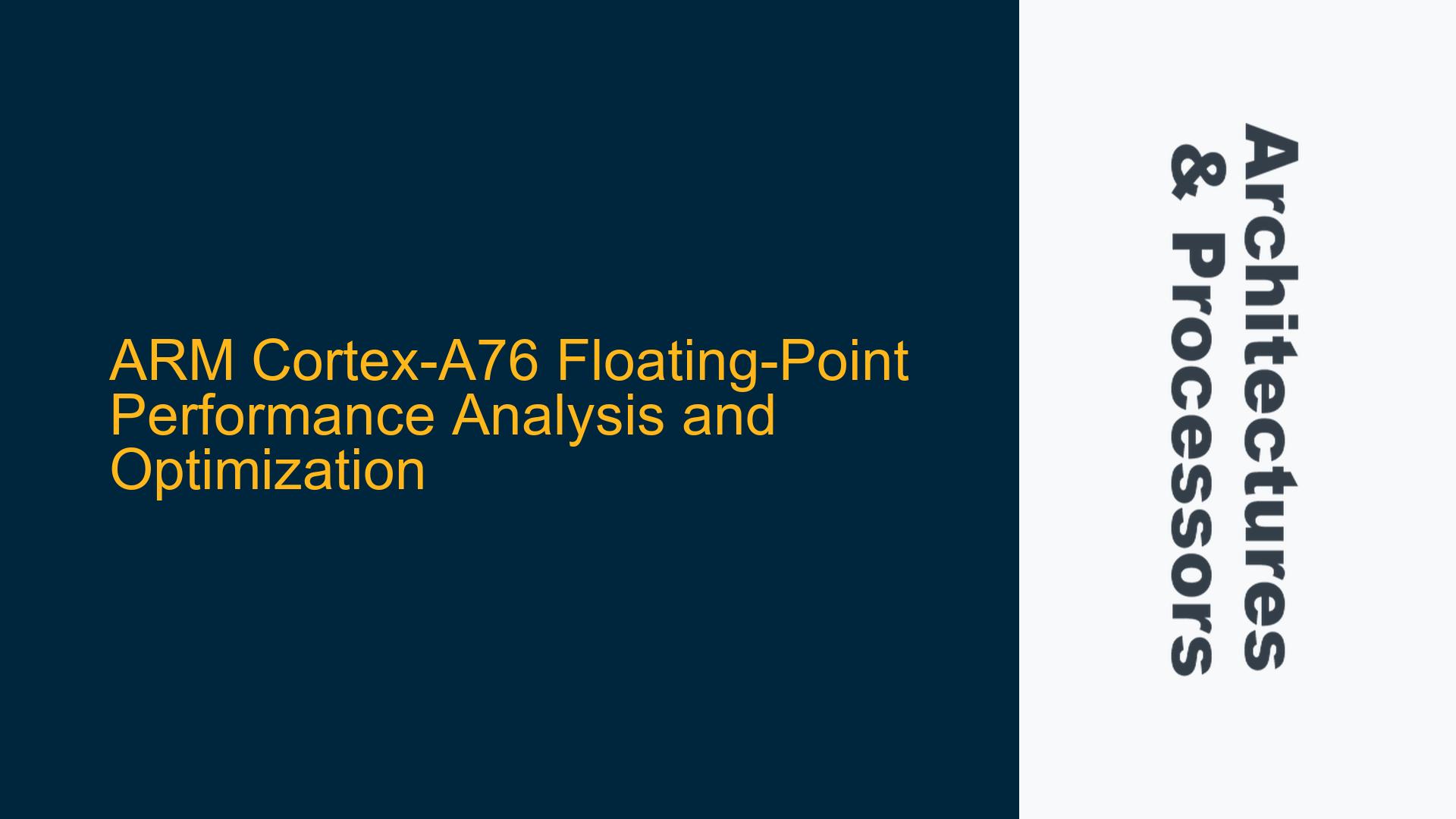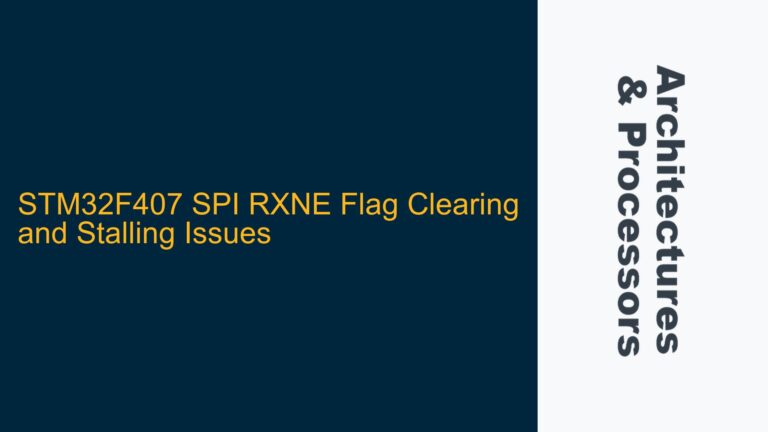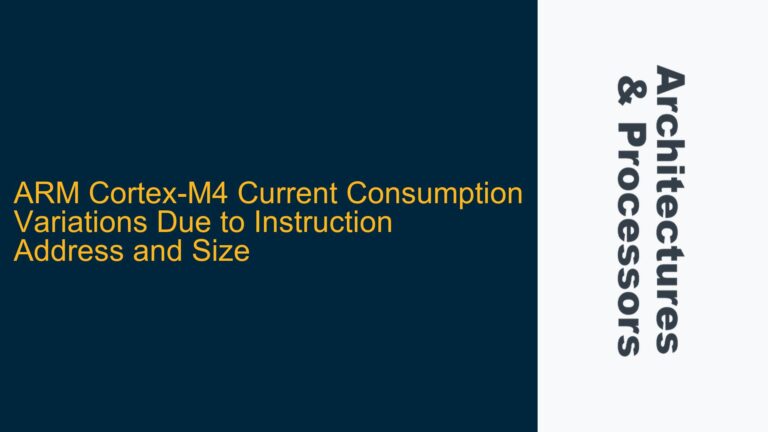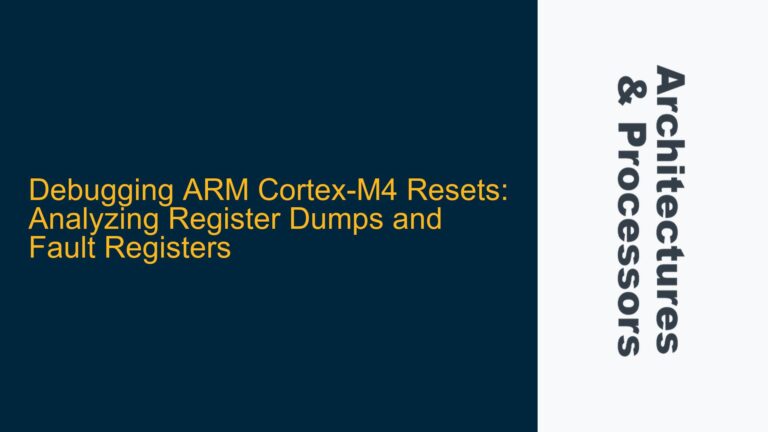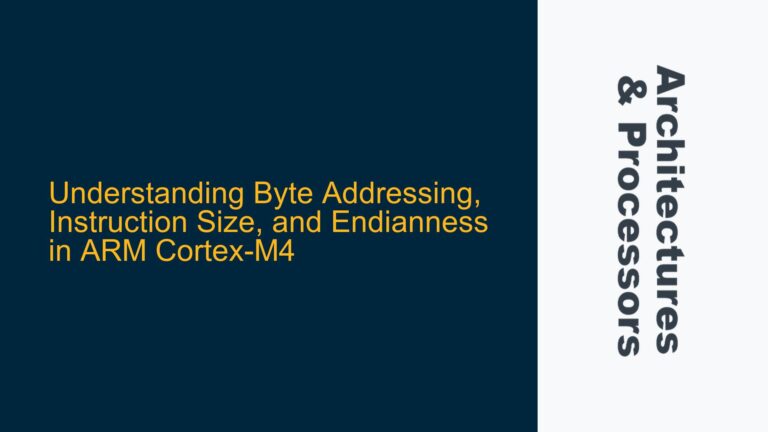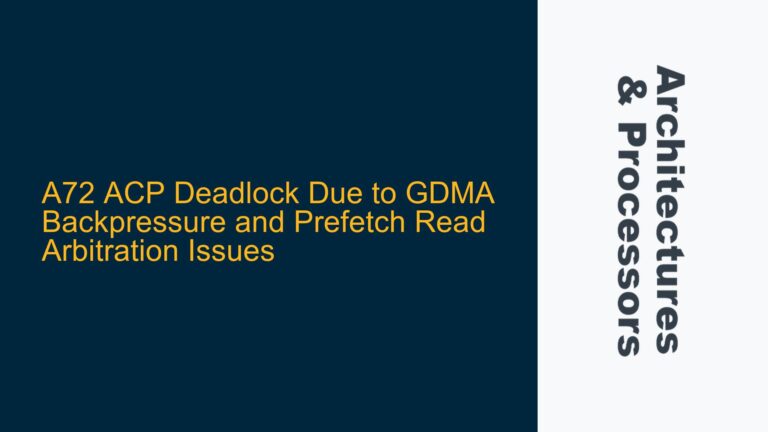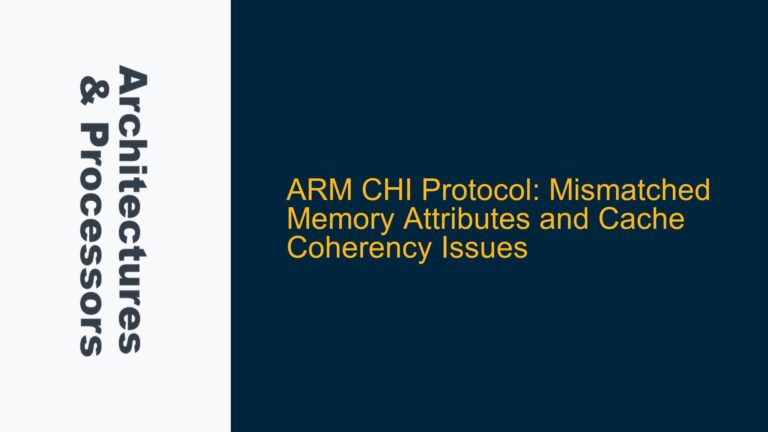ARM Cortex-A76 Floating-Point Throughput and Memory Bandwidth Bottlenecks
The ARM Cortex-A76 is a high-performance CPU core designed for mobile and embedded applications, featuring advanced out-of-order execution, multiple execution pipelines, and support for SIMD (Single Instruction Multiple Data) operations via NEON. In this analysis, we delve into the floating-point performance characteristics of the Cortex-A76, specifically focusing on a Householder QR decomposition benchmark. The benchmark achieves a computation rate of approximately 2 Gflops/second, which raises questions about the underlying architecture, compiler optimizations, and potential bottlenecks.
The Cortex-A76 architecture is not a VLIW (Very Long Instruction Word) design but instead employs a superscalar out-of-order execution model. This allows the processor to issue up to eight instructions per cycle across multiple execution units, including two floating-point (FP) pipelines. Each FP pipeline can perform one FMA (Fused Multiply-Add) operation per cycle, resulting in a theoretical peak performance of 10.4 Gflops/second in scalar mode at 2.6 GHz. However, the benchmark in question achieves only 2 Gflops/second, indicating significant inefficiencies or bottlenecks.
The primary bottleneck in this scenario is memory bandwidth. The benchmark involves loading 16 bytes of data per iteration (two 64-bit floating-point values), performing an FMA operation, and storing the result. Given the memory-intensive nature of the workload, the performance is constrained by the latency and throughput of the memory subsystem rather than the raw computational capabilities of the FP pipelines. This is further exacerbated by the lack of vectorization and loop unrolling, which could otherwise improve data locality and reduce memory access overhead.
Superscalar Execution and Instruction-Level Parallelism in Cortex-A76
The Cortex-A76’s superscalar architecture allows it to execute multiple instructions in parallel, provided they do not have dependencies on each other. In the benchmark, the loop consists of seven instructions: two loads, one FMA, one store, one address increment, one loop counter decrement, and one branch. While the Cortex-A76 can issue up to eight instructions per cycle, the actual throughput is limited by dependencies and resource contention.
The two load instructions (ldr d0, [x0, x11, lsl #3] and ldr d1, [x7], #8) are dependent on the memory subsystem and may incur significant latency if the data is not in the L1 or L2 cache. The FMA instruction (fmsub d0, d4, d1, d0) depends on the results of the loads, creating a data dependency chain. The store instruction (str d0, [x0, x11, lsl #3]) further adds to the memory bandwidth pressure. The address increment (add x11, x11, x4), loop counter decrement (subs x13, x13, #1), and branch (cbnz x13, Aij) are relatively lightweight but still contribute to the overall instruction count.
The Cortex-A76’s out-of-order execution engine can reorder instructions to some extent, but the tight loop structure and data dependencies limit the potential for instruction-level parallelism. Additionally, the lack of vectorization means that the FP pipelines are underutilized, as they are capable of processing multiple data elements in parallel using NEON instructions.
Optimizing Floating-Point Performance with NEON and Loop Unrolling
To improve the floating-point performance of the benchmark, several optimizations can be applied. The most significant improvement can be achieved by vectorizing the code using NEON instructions. NEON allows the Cortex-A76 to process multiple floating-point operations in parallel, increasing the computational throughput and reducing the effective memory bandwidth requirements.
The current scalar implementation performs one FMA operation per iteration, processing two 64-bit floating-point values. By vectorizing the code, the same FMA operation can be applied to four 32-bit floating-point values or two 64-bit floating-point values in parallel, effectively doubling or quadrupling the throughput. This requires modifying the loop to load and store vectors of data using NEON registers (vld1 and vst1 instructions) and performing vectorized FMA operations (vfma or vfms).
In addition to vectorization, loop unrolling can be employed to reduce the overhead of loop control instructions and improve instruction-level parallelism. Unrolling the loop by a factor of four or eight allows the compiler to schedule more instructions in parallel, reducing the impact of dependencies and resource contention. This also increases the ratio of computational instructions to memory access instructions, further alleviating the memory bandwidth bottleneck.
Another optimization technique is to prefetch data into the cache before it is needed. The Cortex-A76 supports hardware prefetching, but explicit software prefetching can be used to ensure that data is available in the cache when needed. This can be achieved using the prfm (Prefetch Memory) instruction, which allows the programmer to specify the memory address and prefetch type (e.g., PLDL1KEEP for prefetching into the L1 cache).
Finally, the use of data alignment and cache line optimization can improve memory access patterns and reduce cache misses. Ensuring that data structures are aligned to cache line boundaries and minimizing cache line pollution can significantly improve performance in memory-bound workloads.
By applying these optimizations, the floating-point performance of the Cortex-A76 can be brought closer to its theoretical peak, reducing the impact of memory bandwidth bottlenecks and maximizing the utilization of the FP pipelines. The combination of vectorization, loop unrolling, prefetching, and cache optimization can transform the benchmark from a memory-bound workload to a compute-bound workload, unlocking the full potential of the Cortex-A76 architecture.
